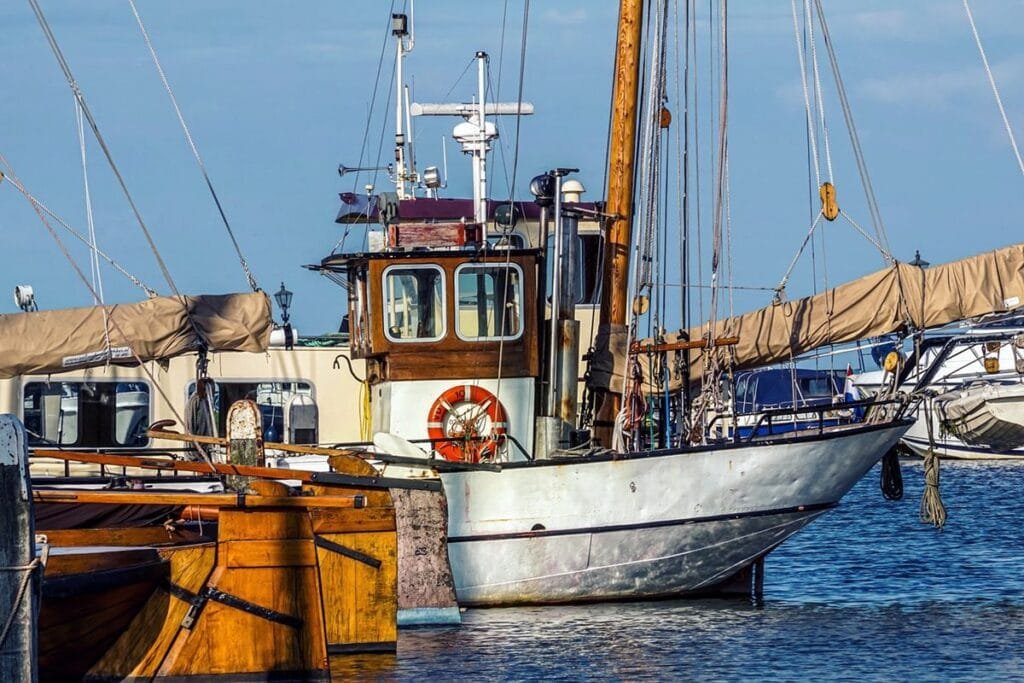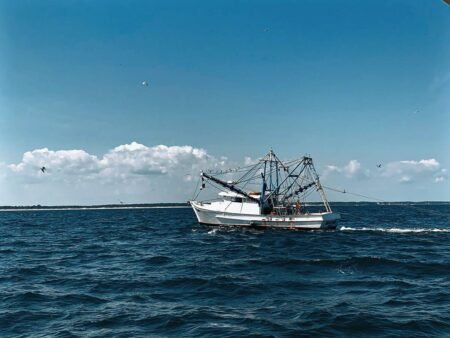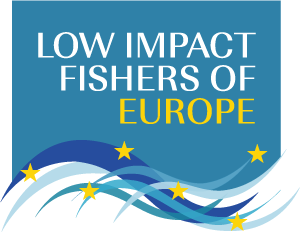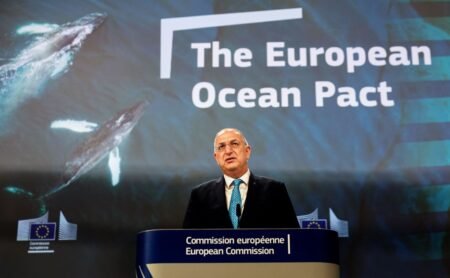EU ministers have reached a political agreement on new limits on fish catches for the Baltic Sea’s key fish stocks, namely herring, sprat, cod, salmon, plaice in order to ensure sustainable stocks and a viable fishing sector for the future.

The agreement on total allowable catches (TACs) and national quotas for 2026 is overall in line with the scientific advice provided by the International Council for the Exploration of the Sea (ICES) and sets the maximum quantities each member state will be allowed to catch for each fish stock.
EU fisheries ministers took into account both environmental and socioeconomic considerations, aiming to ensure sustainable fishing practices while supporting the livelihoods of those in the fishing industry.
The agreement in detail
Sprat: the Council decided to increase fishing opportunities for sprat by 45% in line with ICES scientific advice.
Herring: catch limits for central Baltic herring were increased by 15%. The Council also agreed with the Commission proposal of a three-month spawning closure. Regarding the Gulf of Riga herring, the ministers agreed to decrease the TAC by 17% compared to 2025. Catch limits for Western Baltic herring remained unchanged. No directed fisheries are permitted under this quota but the derogation for small-scale fisheries was maintained. In order to prevent a decline below sustainable levels, Bothnian herring catch was decreased by 40%. A preliminary TAC is set until 31 October 2025, including remedial measures. The stock size of Bothnian herring continues to decrease and has reached one of its lowest levels on record. The Council also agreed with the Commission proposal of a three-month spawning closure.
Salmon: the Council decided to increase fishing opportunities for salmon in the Gulf of Finland by 1% and to decrease the catch limit for salmon in the Baltic main basin by 27 %. It decided to maintain accompanying measures as concerns the summer coastal fishery in subdivisions 29 N, 30 and 31 and recreational fishing for reared salmon only.
Cod: with both Eastern and Western Baltic cod stocks still in very poor condition, the Council agreed to continue to set TACs for by-catches only, in order to allow for the recovery of the stocks. Compared to 2025, the catch limits have been maintained for both Eastern and Baltic cod. To help improve the situation of these stocks, the Council agreed with the Commission’s proposal to maintain the prohibition of recreational cod fishing in the entire area.
Plaice: catch limits for plaice will be reduced by 3% following the scientific advice.
Norway pout: beyond the Baltic, the Council also decided on fishing opportunities for Norway pout in the North Sea, a stock that is shared by the EU and the United Kingdom. Following consultations with the UK, delegations agreed to keep the same limit of 400 tonnes for by-catches only.
The Council will now formally adopt the decision at an upcoming meeting, once the text has been finalised in all EU languages.





